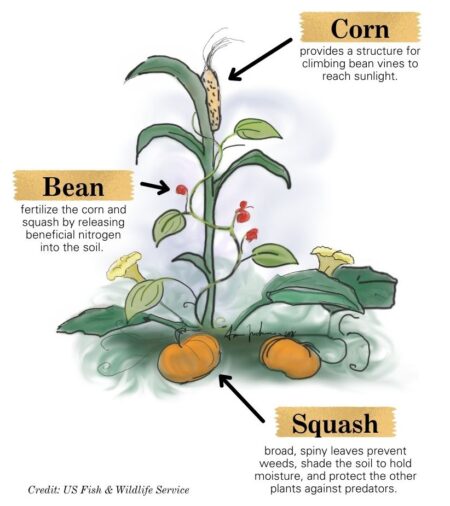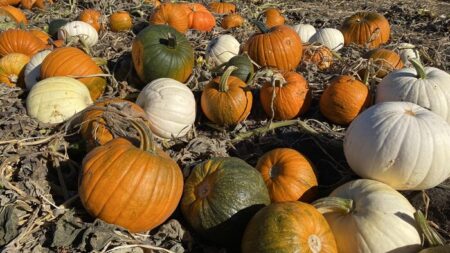Nothing screams “spooky season” like a classically carved Jack-o’-lantern. Although my roommates and I attempt to make creative designs for our pumpkins, I am always drawn to those two glowing triangular eyes. Apparently, that classic pumpkin head can be traced back to the 1600s Irish legend of Stingy Jack, a soul trapped in limbo with a single burning ember after tricking the devil in his mortal life. When individuals began noticing marsh gas (the natural ignition of plant decomposition gases), Stingy Jack was believed to be luring people to their death, and children were subsequently frightened into behaving.
In a much less macabre origination, root vegetables such as turnips were frequently used as a cheap lantern solution, and designing faces common during 17th century Celtic autumn festivals. While this festival celebrated lost souls, the Jack-o’-lantern name may be closer to an homage for British night watchmen than an evil spirit. The pumpkin’s prominence in famed horror story The Legend of Sleepy Hollow centuries later likely contributed to the vegetable’s modern role as a Halloween symbol, if such was not already done by its origins. Regardless of which legend best draws you in, it can be agreed that pumpkins are now a seasonal staple in Canada, and a squash that, here, deserves more attention.
Deep Roots in Canada

Despite not being widely known for its vegetable production, pumpkins have a long-standing history in Canada. Pumpkin production dates back to early Indigenous agriculture, where squash is used as one of the foundations of Three Sisters planting. The reason Canada is so reliant on Central American and other countries for pumpkins is therefore not a question of ability – the Canadian growing season is just too short to reach the same level of quality. Over time, with increased trade and production innovation, the variety of pumpkins available to Canadian farmers has expanded to overcome various growth challenges and meet demand specificity. While Canadians now have the options to both eat and decorate with pumpkins that does not mean Canada has neared the status required to play in the global pumpkin market.
Of the country’s vegetable farm gate value (the price of the product as soon as it’s harvested, before selling/transactional costs), pumpkins represent only about 2%. The value pumpkins possess by the agriculture market is further diminished when one analyzes the provincial breakdown. The entirety of vegetable production in Saskatchewan is 0.5% of the national value, and the seasonal demand of pumpkins means they contribute much less. Although the per capita availability of pumpkins has increased since the beginning of the century, the ecological realities of pumpkin production means prairie provinces are still reliant on external sources to meet demand.
In part due to the October constraint of pumpkin purchases, consumption is dominated by Jack-o’-lanterns and Thanksgiving pies. On average, fresh sales (i.e. the whole pumpkin) dominate, representing the fate of 85% of Canadian pumpkins and squash through domestic and international sales in the past five years. It is important to recognize that Canada is not known to be a vegetable producer, and therefore imports more squash than is exported. However, fresh sales may also be an advantage keeping Canadian pumpkin sales so strong in the fall…
The Pumpkin Experience

Picking a Jack-o’-lantern is more than just the pumpkin – it’s the patch! Following the pandemic years where we couldn’t directly interact with others, the experience matters, and consumers frequently overlook the grocery store pumpkin in favor of one that can be hand-picked from the vine. Such programs are advantageous to the farmer, who can expect up to five times more per pound with less labour than if their squash were sold through wholesale. In situations where growing conditions have been unfavourable and the income from pumpkins is likely to be lower than expected, investing in the customer experience may cushion financial loss. The single trip for a “U-Pick” type pumpkin can also be an opportunity for farms to highlight other commodities on site, either generating more revenue from that one visit with additional seasonal experiences (i.e. corn mazes, hay rides) and other farm commodities (i.e. baked goods, crafts, produce), or creating a repeat-customer. The further inclusion of social media to document seasonal experiences ensures pumpkins will remain a firm tradition for Canadian Octobers.


